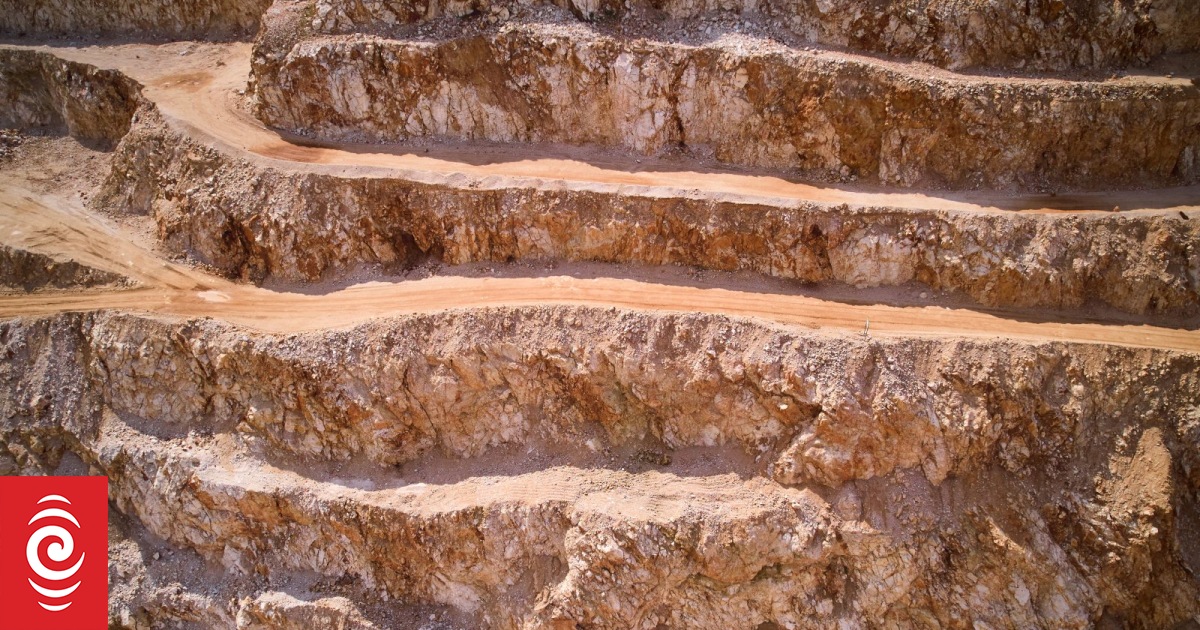
Navigation for News Categories
TiGa Minerals and Metals wants to do open-cast mining at Barrytown.
Photo: 123RF
An Australian mining company has reapplied for a resource consent for a mineral sands development on the West Coast, which it contends will earn the West Coast millions but have only a light environmental impact.
TiGa Minerals and Metals wants to do open-cast mining at Barrytown, about 30km north of Greymouth, to extract ilmenite, zircon, gold and garnet, increasingly sought-after minerals used in in hi-tech manufacturing as well as for paint and other materials.
A first application was refused last year largely because of inadequate information on the potential environmental effects and other social hazards of the mine.
Managing director Robert Brand said the company had done a lot more work and consultation over the past year to resolve the issues, and to establish the venture’s commercial and environmental viability.
“We could have challenged the first decision, but we decided to regroup and address the things that were recommended as shortcomings and then proceed again.”
He said that included getting new data on the hydrology of the site, which is close to the coast as well as having several streams flowing through it, along with drilling for better data on the mineral content.
“The project has matured in that time, so we have benefited from the delay in being able to put forward a much more substantial and complete submission.”
Brand said the company has also asked for the application to be publicly notified so there would be transparency of information and interested parties could participate.
Economic costs and benefits
A report commissioned by TiGa estimated the project would generate more than 130 direct and supporting jobs, $34 million a year in wages and local spending, and when fully operational, $63m a year in exports.
“This represents an opportunity for suitable employment… it puts a considerable amount of money back into the community, and the project can be and will be serviced by local businesses,” Brand said.
He said processing of the sands would be done on site using water filtration, using the same principles as traditional gold panning, sluicing the sands away to leave the heavier minerals.
As each part of the site was mined it would be restored to return it to productive farming.
“The balance is always to weigh up economic benefits against economic costs. The expert reports we have received to date indicate the benefits far outweigh the costs, which are minimal and manageable, but there is a significant benefit over the long-term for the region.”
Brand said the venture is estimated to cost $75m, which would probably be raised by a share sale and a stock exchange listing in Australia, and possibly also New Zealand.
He expected the resource consent process to take around six months, and the hope was to start work towards the end of this year and be in production in late 2024 or early 2025.
Get the RNZ app
for ad-free news and current affairs




0 Comments :
Post a Comment